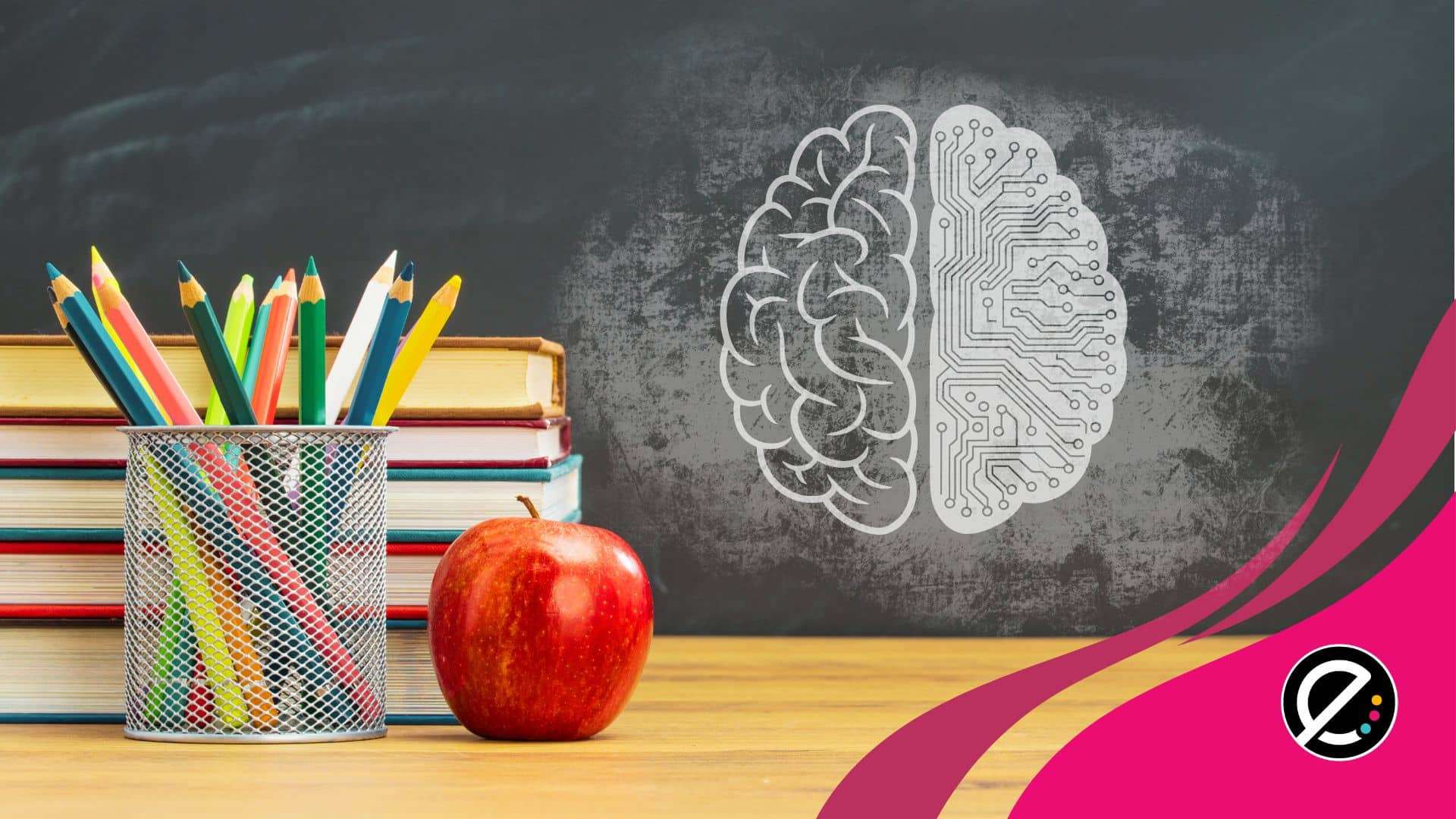Un logiciel présentant des animaux virtuels exécutant différentes actions en trois dimensions permettrait à de jeunes autistes de développer des compétences essentielles en lecture, selon un reportage d’eSchool News.
Mary-Elizabeth Langston, la responsable de la formation des enseignants à l’école Audubon Park, en Floride, y explique qu’une image en trois dimensions avec laquelle l’élève peut interagir par le son et le mouvement crée une impression durable comparativement à une image statique qui a peu de signification pour l’enfant.
Le logiciel et le matériel nécessaire au développement des compétences nécessaires pour entrer en deuxième année coûtent près de 1000 $ US. Depuis son acquisition en octobre, les enseignants de l’école Audubon Park disent ne pas avoir noté d’améliorations notables. Néanmoins, Mme Langston affirme voir une différence dans la manière dont les élèves forment les sons et les mots. Elle dit aussi avoir remarqué qu’ils ont davantage de contacts visuels avec les autres et une volonté d’apprendre qui était inexistante auparavant.
D’autres projets
Par ailleurs, l’article rappelle qu’en 2007, le projet Spectrum a obtenu un bon succès. Il s’agissait, pour des élèves autistes plus âgés, de construire des bâtiments virtuels grâce à Google SketchUp 3D, mais il ne visait pas les compétences en lecture.
Il y a quelques années, une expérience utilisant la réalité virtuelle a été réalisée auprès de jeunes autistes de 7 à 12 ans. Dans ce cas, il s’agissait de leur apprendre à avoir des comportements sécuritaires, comme traverser la rue, sans que cela passe par l’enseignement ou la conversation, rapportait Internetactu.net. « Au début de l’entraînement, les sujets atteignaient le niveau 2 du jeu, à la fin, ils maîtrisaient le niveau 9, qui mettait en scène des véhicules plus nombreux et rapides », peut-on lire. Une fois dans une situation réelle, on a pu constater qu’ils avaient réellement acquis de nouvelles compétences.
Cet article se conclut par cette citation optimiste du psychologue Simon Baron Cohen, de l’Université de Cambridge. « Je prévois que nombre des enfants de cette nouvelle génération d’autistes pourront trouver les moyens de s’épanouir, utilisant leurs compétences dans la technologie numérique pour trouver du travail, des amis et même innover. (…) Reste que ces opportunités concerneront essentiellement les individus atteints d’autisme, mais qui possèdent des facultés linguistiques et intellectuelles normales, ce qui est loin de représenter un petit groupe. Pour ceux qui sont plus sévèrement atteints, qui souffrent de retard dans l’acquisition du langage et rencontrent des difficultés d’apprentissage, l’ère numérique pourrait avoir moins à offrir. Mais je suis convaincu que même pour ce sous-groupe, les nouvelles méthodes d’enseignement informatique seront en mesure de percer le mur qui sépare l’autisme de la société. »
À lire aussi :
Le cinéma dans une classe TED, fiction? Non, réalité!
TIC et troubles d’apprentissages : les besoins des élèves d’abord!





